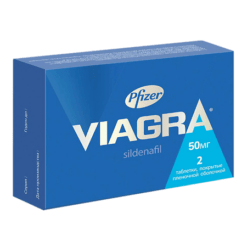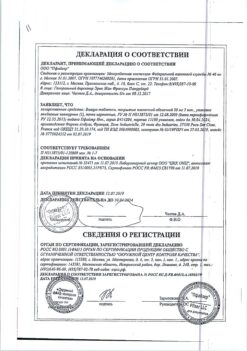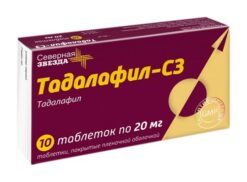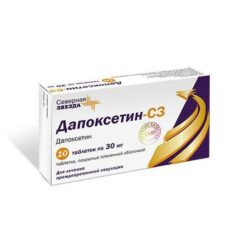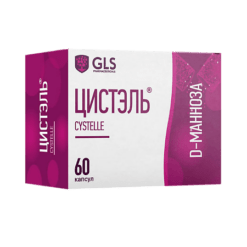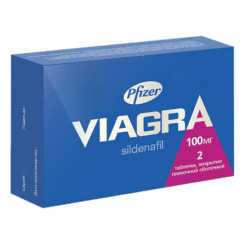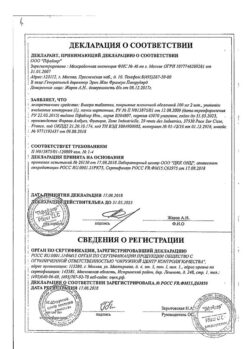No products in the cart.
Furagin, tablets 50 mg 30 pcs
€8.74 €7.23
Out of stock
(E-mail when Stock is available)
Description
Furagin is an antibacterial drug, a nitrofuran derivative. It acts bacteriostatically. The mechanism of action of Furagin is related to the effect on the enzymes involved in the transfer of hydrogen in the cells of sensitive microorganisms. High bacteriostatic activity of Furagin is due to the presence of aromatic nitro group.
The drug is active against Gram-positive bacteria: Staphylococcus epidermidis, Staphylococcus aureus, Staphylococcus faecalis; against Gram-negative bacteria: Enterobacteriaceae, Escherichia coli, Klebsiella pneumoniae.
Pseudomonas aeruginosa is resistant to the drug.
The minimum bacteriostatic concentration of Furagin (1 µg/ml) is 10-20 times lower than that of other nitrofuran derivatives. Furagin has the most pronounced effect in acidic environment (pH 5.5), alkaline environment prevents the action of the drug.
Indications
Indications
Infectious and inflammatory diseases:
urinary tract (cystitis, urethritis, pyelonephritis);
infections of female genital organs;
prevention of infections during urological operations, cystoscopy, catheterization.
Pharmacological effect
Pharmacological effect
Pharmacotherapeutic group
Antimicrobial agent, nitrofuran.
ATX code: J01ХЭ
PHARMACOLOGICAL ACTION
Pharmacodynamics
Antimicrobial agent, nitrofuran derivative. Effective against gram-positive cocci (Staphylococcus spp., Streptococcus spp.), gram-negative rods (Escherichia coli, Salmonella spp., Shigella spp., Klebsiella spp.). Resistant are Pseudomonas aeruginosa, Enterococcus spp., Acinetobacter spp., most strains of Proteus spp., Serratia spp. Furazidin is reduced by bacterial flavoproteins to active compounds that inactivate or damage proteins of bacterial ribosomes and other macromolecules. As a result, aerobic respiration and the processes of protein, cell wall, DNA and RNA synthesis are disrupted. The multiple mechanism of action explains the weak acquired resistance of microorganisms to nitrofurans. Depending on the concentration, it has a bactericidal or bacteriostatic effect. Against most bacteria, the bacteriostatic concentration ranges from 10-20 μg/ml. The bactericidal concentration is approximately 2 times higher. As a result of the action of nitrofurans, microorganisms produce fewer toxins, and therefore, an improvement in the general condition of the patient is possible even before a pronounced suppression of the growth of microflora.
Pharmacokinetics
Absorption – in the small intestine, by passive diffusion. Absorption of nitrofurans from the distal segment of the small intestine exceeds absorption from the proximal and medial segment by 2 and 4 times, respectively (should be taken into account in the treatment of urinary tract diseases in combination with diseases of the gastrointestinal tract,
in h. with chronic enteritis). Poorly absorbed in the colon. Distributed evenly.
Contains in high concentrations in lymph; in bile its concentration is several times higher than in serum, in cerebrospinal fluid – several times lower than in serum; saliva contains up to 30% of its concentration in serum; in the blood and tissues the concentration is small, which is associated with its rapid elimination, while its concentration in the urine is much higher than in the blood.
The maximum concentration (Cmax) in the blood serum lasts from 3 to 7-8 hours, is detected in the urine after 3-4 hours. It does not change the pH of the urine, unlike nitrofurantoin. Metabolized in the liver (less than 10%), with a decrease in the excretory function of the kidneys, the intensity of metabolism increases.
Excreted by the kidneys by glomerular filtration and tubular secretion (85%), partially undergoes reverse reabsorption in the tubules. At low concentrations in urine, the process of filtration and secretion predominates; at high concentrations, secretion decreases and reabsorption increases. Being a weak acid, it does not dissociate at acidic urine pH values and undergoes intense reabsorption, which can increase systemic side effects.
Special instructions
Special instructions
To prevent side effects, drink plenty of fluids. To prevent the development of neuritis, it is necessary to prescribe B vitamins. Colors urine brown.
With long-term use, monitoring of the peripheral blood picture, kidney and liver function, and pulmonary function is necessary.
False-positive results are possible when determining glucose in urine using enzymatic methods:
When using the drug, diarrhea caused by Clostridium difficile (pseudomembranous colitis) may develop. In mild cases, drug withdrawal is sufficient; in severe cases, appropriate treatment must be prescribed. Do not use medications that inhibit intestinal motility.
Impact on the ability to drive vehicles and machinery
Considering the possible side effects from the nervous system during use of the drug, caution must be exercised when engaging in potentially hazardous activities that require increased concentration
attention and speed of psychomotor reactions.
Active ingredient
Active ingredient
Furazidin
Composition
Composition
Each tablet contains
Active substance: furazidin 50.0 mg.
Excipients: lactose monohydrate (milk sugar) – 36.0 mg, potato starch – 7.0 mg, croscarmellose sodium – 2.0 mg, povidone K25 – 4.0 mg, magnesium stearate – 1.0 mg.
Contraindications
Contraindications
Pregnancy; lactation; hypersensitivity to nitrofuran derivatives; renal dysfunction; liver dysfunction; lactase deficiency, lactose intolerance, glucose-galactose malabsorption; children under 18 years of age.
Furagin is not recommended for use in cases of urosepsis and infections of the kidney parenchyma.
With caution
Glucose-6-phosphate dehydrogenase deficiency;
diseases of the nervous system;
anemia;
lung diseases (especially in patients over 65 years of age);
diabetes mellitus;
porphyria;
deficiency of B vitamins and folic acid.
Side Effects
Side Effects
From the gastrointestinal tract: nausea, vomiting, loss of appetite, anorexia, diarrhea, pancreatitis.
From the nervous system: dizziness, headache, drowsiness, weakness, peripheral neuropathy, development of polyneuritis.
From the side of the organ of vision: visual impairment.
From the liver and biliary tract: impaired liver function, cholestatic jaundice, hepatitis.
Musculoskeletal and connective tissue disorders: myalgia, arthralgia.
From the blood and lymphatic system: agranulocytosis, thrombocytopenia, aplastic anemia, eosinophilia.
From the respiratory system, chest and mediastinal organs: shortness of breath, chest pain, cough with and without sputum, interstitial pneumonitis, pulmonary fibrosis.
Vascular disorders: intracranial hypertension.
From the skin and subcutaneous tissues: skin rash (including papular), enanthema, angioedema, itching, urticaria, exfoliative dermatitis, erythema multiforme.
Other: fever, reversible alopecia.
Interaction
Interaction
Concomitant use with ristomycin, chloramphenicol, and sulfonamides increases the risk of hematotoxicity. The simultaneous use of other nitrofuran derivatives, as well as medicinal products, should be avoided.
means that “acidify” urine (including ascorbic acid, calcium chloride). Medicines that “alkalize” the urine accelerate the excretion of furazidine in the urine. Ethanol may increase side effects.
Probenecid and sulfinpyrazone reduce the excretion of furazidine in the urine. This can lead to the accumulation of furazidin and increase its toxicity.
With simultaneous use of magnesium-containing antacids, the absorption of furazidine decreases.
Overdose
Overdose
Symptoms: neurotoxic reactions, polyneuritis, liver dysfunction, acute toxic hepatitis.
Treatment: discontinuation of Furagin, taking large amounts of fluid, symptomatic therapy, B vitamins. There is no specific antidote.
Storage conditions
Storage conditions
In a place protected from light at a temperature not exceeding 25 °C.
Keep out of the reach of children.
Shelf life
Shelf life
3 years. Do not use after expiration date.
Manufacturer
Manufacturer
Ozon, Russia
Additional information
| Conditions of storage | Store in a dry place protected from light. |
|---|---|
| Manufacturer | Ozon, Russia |
| Medication form | pills |
| Brand | Ozon |
Related products
Buy Furagin, tablets 50 mg 30 pcs with delivery to USA, UK, Europe and over 120 other countries.


